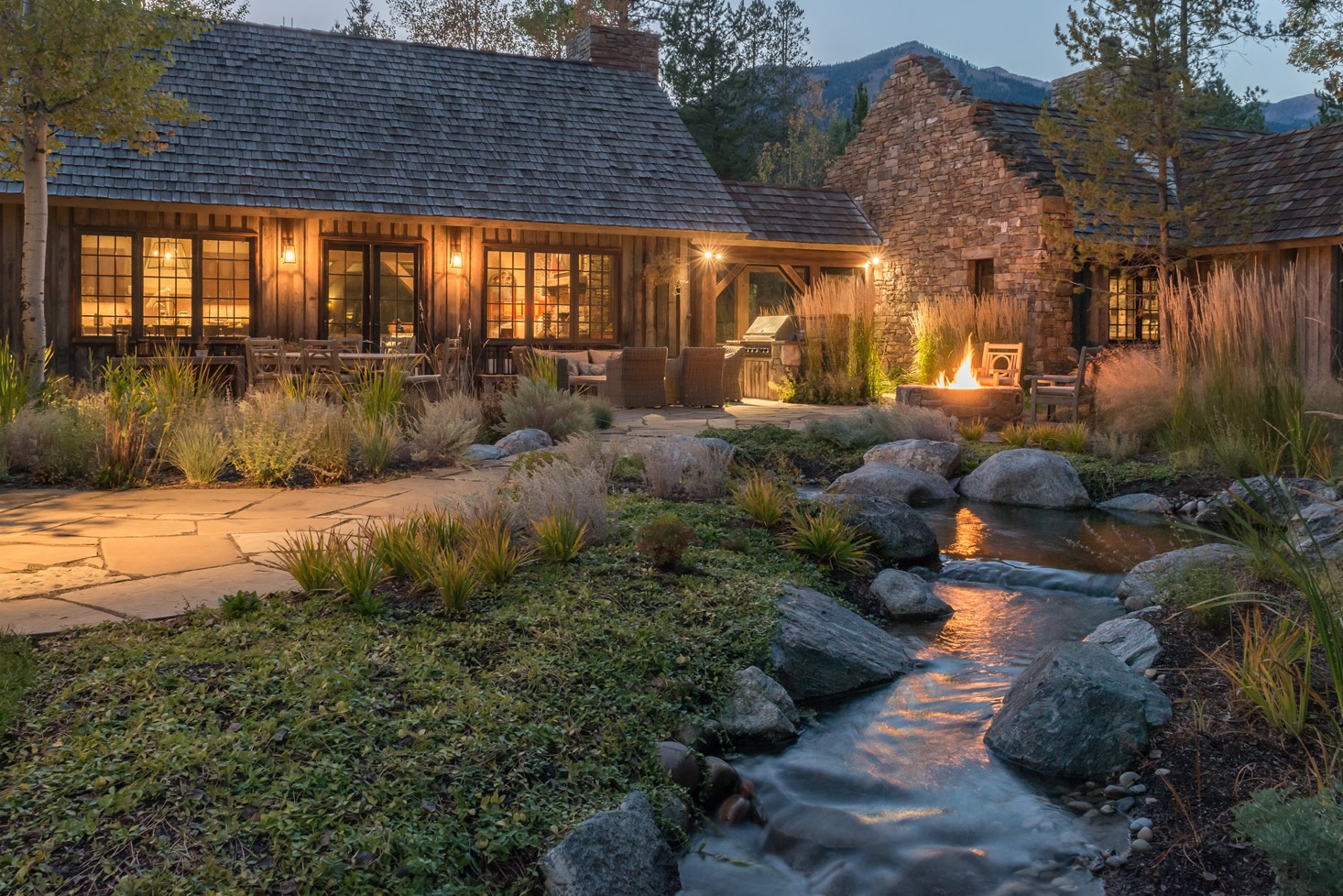First there were the New York Five in the early 1970s.
Then came the Chicago Seven, not long afterwards.
Then in the early 1980s, Steven Holl’s Pamphlet Architecture.
More recently, there were 2008’s Matters of Sensation.
Now comes the Jimenez Lai and his Treatise: Why Write Alone, an exhibition and book project sponsored by the Graham Foundation.
“It’s a kind of a time capsule – a documentation of what this time is, and a core sample of it,” Lai says.
The founder of Bureau Spectacular, now teaching in the graduate school of architecture at UCLA, Lai was also responsible for the highly compelling design of the Taiwan Pavilion at the 2014 Venice Biennale.
This project, though, brings together 14 hand-picked young design offices to consider the architectural treatise as a site for theoretical inquiry, experimentation, and debate.
“I was thinking about people attracted to a nonconformist attitude,” he says. “I’d go to cities for reviews and lectures and openings, and found myself meeting consistently people with terrible attitudes who were clearly going against the grain and deliberately not following the trend.”
They weren’t seeking jobs or a tenure track, but they were on their own – out on the fringe of architecture and exploring the boundaries of art and design.
There’s Pieterjan Ginckels, a Belgian with a practice he calls called Speedism, who, when it comes to composition and rendering is a master of his generation. Or intellectual hoarder Andrew Kovacs, who warehouses people, facts, plans, sections, and photographs. “When he got to the tipping point of collecting so much, he began to splice old plans into new plans,” he says. “It’s a curatorial edge, like Dr. Frankenstein with his own creations.”
What’s important about this particular exhibition is that it’s accompanied by a publication full of the written word. “It has everything to do with writing and the tradition of writing in architecture going back 2000 years ago,” he says.
And in calibrating the barometer of the time of in which these 14 architects live.
For more information, go to www.grahamfoundation.org
[slideshow id=1356]


